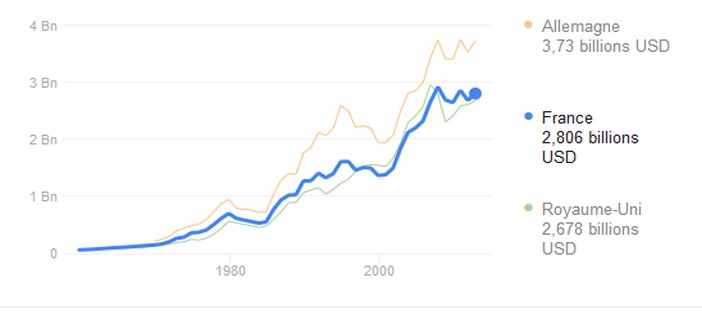Article 3 of the treaty clearly states that the European Union “works towards the sustainable development of Europe based on balanced economic growth and price stability, a highly competitive social market economy aiming at full employment and social progress, and a high level of protection and improvement of the quality of the environment. It promotes scientific and technical progress.”
Using only GDP, as has been done for decades, is a significant anomaly. This indicator is certainly very useful, but it is completely insufficient to measure the health of a country, and thus to guide policy.
If we do not assign any value in our accounts to the quality of public service, if we remain confined to an index of economic progress, if we only consider production, how can we make informed decisions?
The answer is clear: we must complement GDP with other indicators, thus transitioning from GDP to broader indicators, of which GDP is just one among others.
This was the objective of the Stiglitz report, from September 2009, unfortunately left without follow-up, which advocated for: “an annual report presenting the evolution, over past years, of new wealth indicators, such as indicators of inequality, quality of life, and sustainable development, as well as a qualitative or quantitative assessment of the impact of major reforms undertaken the previous year and the current year, and those considered for the following year, in relation to these indicators and the evolution of the gross domestic product.”
It is on the basis of these complementary indicators that all reforms will, in the future, be judged on their ability to advance the three pillars of sustainable development (economy, societal, environment).


